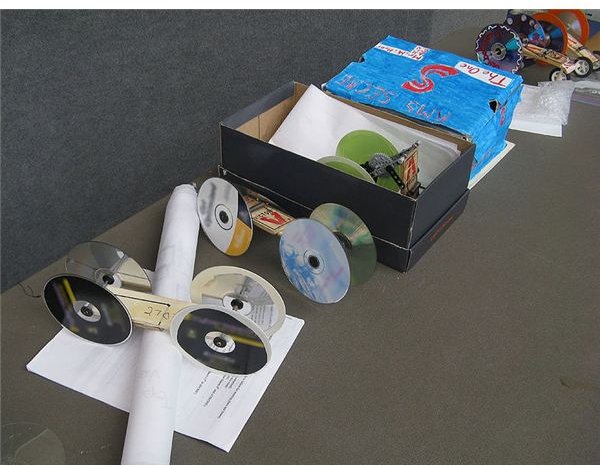Building a Mousetrap Car as a Science Project: Kinetic Energy
Materials
Materials required for this project will vary as students will research and build their own designs.
Every student or team of students will require a simple spring-loaded mousetrap, material for the body, four wheels, two axles, and string. Other materials will be required depending on the design of the car.
A good classroom reference for this project is Doc Fizzix Mousetrap Racers by Alden J. Balmer
Prior Knowledge
Students should understand that energy is neither created nor destroyed. Energy can be in the form of potential or stored energy and kinetic energy or motion. Ask students what they know about kinetic energy and motion. Students should know how to research on and off-line. Ask them where they might find ideas for a mousetrap car design.
Teach
Kinetic energy is the energy of motion. It involves the transfer of energy from one object to another resulting in some form of motion. In this lesson, the form of motion will be to create a mousetrap car that moves forward. Energy stored in the spring of the mousetrap will be transferred to the wheels of the mousetrap car thus propelling the car forward as the wheels turn.
Basic engineering skills should be covered. All wheels must turn in the same direction in order for the car to move. Axles should turn freely. Different wheel sizes may affect how fast or slow the car moves. What is the best way to transfer the energy from the mousetrap to the wheels?
Procedure
Separate the students into teams. Allow the teams sufficient time to research a car design. Each student team will hand in a preliminary mousetrap car design and explanation as to how their design will work. Each team should be able to build a working mousetrap car within one week. At the end of the week have a mousetrap car race day. Give awards for the best looking mousetrap car, the fastest mousetrap car, the mousetrap car that traveled the furthest and the most unique design.
Assess
What is kinetic energy? Students should be able to explain the concept of kinetic energy as the energy of motion. They should be able to explain how and why their mousetrap car worked (or failed to work). Students should be able to clearly explain the concepts involved with the transference of energy from the mousetrap spring to the wheels of the car and how that transference created motion.
Extend
Build it bigger and better. Have students research the answers to the following questions: What modifications can be made to a basic mousetrap car design to increase speed? What about distance traveled? Was traction an issue? Would placing rubber bands on the wheels help? How can you make the mousetrap steerable? How can the addition of gears impact how the mousetrap car runs? Would using a rat trap instead of a mousetrap change anything? What would change?
References
- Image: Mousetrap cars by Will McC under CC-BY-SA 3.0
- http://www.docfizzix.com/
